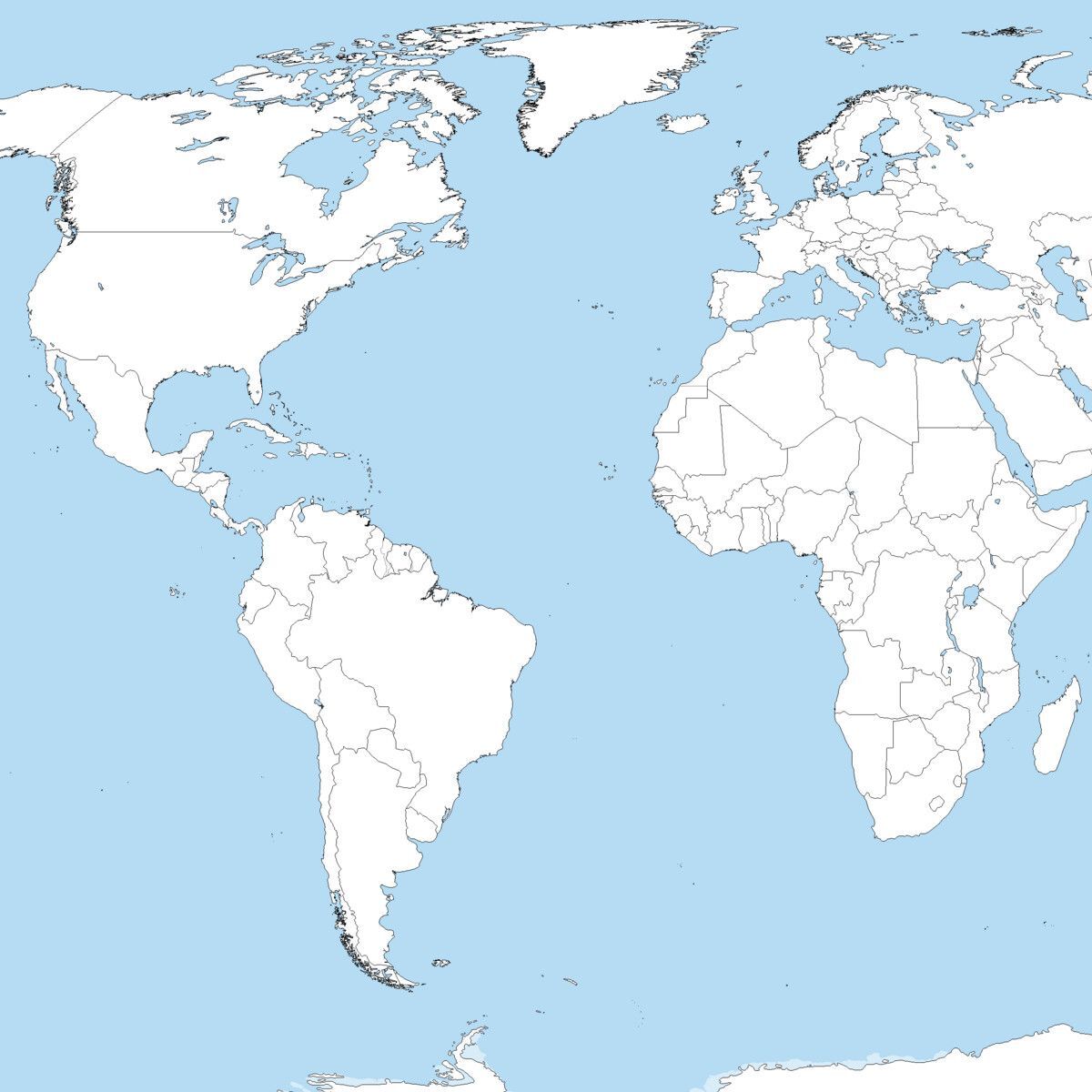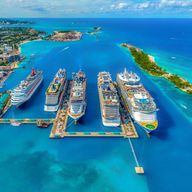

Riviera - 4/11/2028
The April 11, 2028 cruise on the Riviera departs from Yokohama (tokyo), Japan. On this 14 Night Cherry Blossom Spring (Yokohama Roundtrip) sailing, the ship will visit a total of 12 cruise port destinations, including its departure port. The Riviera sets sail on Tuesday, Apr 11th and returns on Tuesday, Apr 25th.
Cruise Itinerary
Itinerary
Riviera - April 11, 2028 - 14 Nights
| Day | Date | Port |
|---|---|---|
| 1 | Apr 11th | Yokohama (tokyo), Japan |
| 2 | Apr 12th | At Sea |
| 3 | Apr 13th | Hakodate, Japan |
| 4 | Apr 14th | Otaru (sapporo), Japan |
| 5 | Apr 15th | Akita, Japan |
| 6 | Apr 16th | Kanazawa, Japan |
| 7 | Apr 17th | At Sea |
| 8 | Apr 18th | Busan (Pusan), South Korea |
| 9 | Apr 19th | Nagasaki, Japan |
| 10 | Apr 20th | Kagoshima, Japan |
| 11 | Apr 21st | Kochi, Japan |
| 12 | Apr 22nd | Osaka, Japan |
| 13 | Apr 23rd | Nagoya, Japan |
| 14 | Apr 24th | Shimizu, Japan |
| 15 | Apr 25th | Yokohama (tokyo), Japan |
The Riviera sails on April 11, 2028 for a 14 Night Cherry Blossom Spring (Yokohama Roundtrip). The ship will depart the port of Yokohama (tokyo), Japan at 7:00 PM and will return to the port of Yokohama (tokyo), Japan on Apr 25th at 8:00 AM. During the 15-day journey, the Riviera will visit 11 additional ports and will spend 2 days at sea.
Itinerary Safety Score
Based on my comprehensive research of cruise port safety information, including recent crime reports, travel advisories, Global Peace Index rankings, and specific port security concerns, we've created a "safety score" for each cruise port stop. The overall rating below represents a combined score for your specific cruise itinerary.
Cruise Ship

Riviera
Oceania Cruise Line
The Riviera was built in 2012 and is among Oceania's 6 ships in its fleet. The Riviera is included in the cruise line's Oceania class. In the cruise ship stats below, you'll find the Riviera vs all other Oceania ships.
Cruise Ports
Yokohama (Tokyo), Japan, offers docking at Yokohama Port with excursions to Tokyo. Travelers explore Senso-ji Temple and Shibuya Crossing. Excursions visit Kamakura’s Great Buddha. Local markets sell yakitori. The peak season, April to October, brings mild weather for city tours. Photography captures neon streets and Tokyo Bay vistas. Dining onboard includes sushi, a Japanese favorite. Souvenirs, like ukiyo-e prints, are sold in ship shops. Briefings cover Edo history. Light clothing and sun protection suit the temperate climate, while comfortable shoes enhance city walks. Yokohama’s urban gateway offers a vibrant Japanese stop. Cruise travelers enjoy a mix of historic temples and modern cityscapes, making Yokohama an engaging destination.
Take advantage of the many on board activites during your day at sea. You'll have more than enough to fill your day!
Hakodate, Japan, has docking at Hakodate Port. Travelers explore Goryokaku Fortress’ star-shaped design. Excursions visit Onuma Park’s scenic lakes. Local markets sell fresh squid. The peak season, April to June, brings mild weather. Photography captures night views from Mount Hakodate. Dining onboard includes kaisen don, a seafood bowl. Souvenirs, like glass crafts, are sold in ship shops. Briefings cover Hokkaido’s history. Light layers suit the temperate climate. Comfortable shoes enhance fortress tours. Hakodate’s historic charm and scenic beauty offer a serene Japanese stop, blending culture with natural splendor.
Otaru (Sapporo), Japan, offers docking at Otaru Port with excursions to Sapporo. Travelers explore Sapporo’s Odori Park and Snow Festival sites. Excursions visit Otaru’s historic canals. Local markets sell miso ramen. The peak season, June to August, brings mild weather for city tours. Photography captures urban parks and Hokkaido’s coastlines. Dining onboard includes jingisukan, a Hokkaido lamb dish. Souvenirs, like Sapporo beer glasses, are sold in ship shops. Briefings cover Hokkaido’s history. Light layers suit the temperate climate, while comfortable shoes enhance park walks. Otaru’s access to Sapporo offers a vibrant Japanese stop. Cruise travelers enjoy a mix of urban culture, historic canals, and Hokkaido’s culinary delights, making Otaru an engaging gateway to Japan’s northern island.
Akita, Japan, accommodates cruise ships at its Northern Port terminal, 5 kilometers from downtown, with shuttles or taxis providing 15-minute transfers. The facility includes restrooms, a cafe, and tourist information. Travelers access the Akita City Museum of Art, showcasing Tadao Ando's architecture with a reflecting pool and works by Tsuguharu Foujita. Senshu Park, adjacent to the station, features the Akita Hachiman Shrine from 1694 and cherry blossoms in April. Kakunodate, 1 hour by train, explores preserved samurai residences with black lacquer walls and gardens. Lake Tazawa, 45 minutes west, offers boat rides on Japan's deepest crater lake, surrounded by beech forests. Local markets sell kiritanpo (rice sticks) and sake tastings. Peak visits October to April; trains cost 500-1000 yen. Dining includes inaniwa udon noodles at harbor eateries. Souvenirs feature Akita dog figurines.
Kanazawa, Japan, has docking at Kanazawa Port. Travelers explore Kenrokuen Garden’s serene landscapes. Excursions visit Higashi Chaya’s geisha district. Local markets sell kaga yuzen silk. The peak season, March to May, brings cherry blossoms. Photography captures gardens and traditional teahouses. Dining onboard includes kaga ryori, a local cuisine. Souvenirs, like gold leaf crafts, are sold in ship shops. Briefings cover samurai history. Light layers suit the temperate climate. Comfortable shoes enhance garden walks. Kanazawa’s cultural elegance offers a refined Japanese stop, blending heritage with scenic beauty.
Take advantage of the many on board activites during your day at sea. You'll have more than enough to fill your day!
Busan, South Korea, in the southeast, sits on the Korea Strait, facing the Sea of Japan. The port is near Jagalchi Fish Market, where fresh seafood is sold daily. Haeundae Beach offers urban waterfront access, while Beomeosa Temple, in the forested hills, provides cultural history. The Gamcheon Culture Village, with colorful houses, draws visitors for its art and narrow alleys. Busan’s port history as a trading hub is evident in its maritime museum. The nearby Nakdong River Estuary is a birdwatching site, and the city’s coastal cliffs offer walking trails with ocean views.
Nagasaki, Japan, offers docking at Nagasaki Port. Travelers explore the Peace Park and Atomic Bomb Museum. Excursions visit Glover Garden’s colonial mansions. Local markets sell champon noodles. The peak season, March to May, brings cherry blossoms and mild weather. Photography captures historic sites and Dejima Island views. Dining onboard includes sara udon, a Nagasaki dish. Souvenirs, like castella cakes, are sold in ship shops. Briefings cover Nagasaki’s WWII history. Light layers suit the temperate climate, while comfortable shoes enhance park walks. Nagasaki’s blend of history and resilience offers a poignant Japanese stop. Cruise travelers enjoy a mix of somber memorials, colonial heritage, and scenic harbors, making Nagasaki an engaging destination for exploring Japan’s cultural and historical depth on Kyushu Island.
Kagoshima, Japan, has docking at Kagoshima Port. Travelers explore Sakurajima volcano’s active trails. Excursions visit Sengan-en Garden’s historic grounds. Local markets sell shochu. The peak season, March to May, brings cherry blossoms. Photography captures volcanic landscapes and coastal vistas. Dining onboard includes kurobuta pork, a Kagoshima specialty. Souvenirs, like ceramic crafts, are sold in ship shops. Briefings cover Kyushu’s history. Light layers suit the temperate climate. Sturdy shoes enhance volcano hikes. Kagoshima’s volcanic beauty offers a dynamic Japanese stop, blending nature with cultural heritage.
Kochi, Japan, has docking at Kochi Port. Travelers explore Kochi Castle’s samurai history. Excursions visit Katsurahama Beach and Ryugado Cave. Local markets sell bonito flakes. The peak season, March to May, brings mild weather. Photography captures castle views and Pacific shores. Dining onboard includes katsuo tataki, a local seared tuna. Souvenirs, like yosakoi crafts, are sold in ship shops. Briefings cover Shikoku’s history. Light layers suit the temperate climate. Comfortable shoes enhance castle tours. Kochi’s coastal heritage offers a serene Japanese stop, blending samurai history with scenic beauty.
Osaka, Japan, provides docking at Osaka Port. Travelers explore Osaka Castle and Dotonbori’s vibrant food scene. Excursions visit Kyoto’s Kinkaku-ji Temple. Local markets sell takoyaki. The peak season, March to May, brings cherry blossoms and mild weather. Photography captures samurai castles and neon-lit canals. Dining onboard includes okonomiyaki, an Osaka favorite. Souvenirs, like tenugui cloths, are sold in ship shops. Briefings cover Kansai history. Light layers suit the temperate climate, while comfortable shoes enhance city walks. Osaka’s dynamic urban culture offers a vibrant Japanese stop. Cruise travelers enjoy a mix of historic landmarks, culinary delights, and modern energy, making Osaka an engaging destination for exploring Japan’s Kansai region and cultural heritage.
Nagoya, Japan, provides docking at Nagoya Port. Travelers explore Nagoya Castle and Atsuta Shrine. Excursions visit Toyota’s factory museum for automotive history. Local markets sell kishimen noodles. The peak season, March to May, brings cherry blossoms and mild weather. Photography captures samurai castles and urban skylines. Dining onboard includes hitsumabushi, a Nagoya eel dish. Souvenirs, like noren curtains, are sold in ship shops. Briefings cover Aichi’s industrial history. Light layers suit the temperate climate, while comfortable shoes enhance castle walks. Nagoya’s blend of history and modernity offers a vibrant Japanese stop. Cruise travelers enjoy a mix of samurai heritage, spiritual sites, and industrial innovation, making Nagoya an engaging destination for exploring Japan’s cultural and technological richness in the Chubu region.
Shimizu, Japan, offers docking at Shimizu Port. Travelers explore Mount Fuji viewpoints and Nihondaira’s tea gardens. Excursions visit Shizuoka’s Toro Ruins. Local markets sell wasabi. The peak season, April to October, brings mild weather for coastal tours. Photography captures Fuji’s slopes and Suruga Bay vistas. Dining onboard includes unagi, a Japanese favorite. Souvenirs, like tea crafts, are sold in ship shops. Briefings cover Shizuoka history. Light clothing and sun protection suit the temperate climate, while comfortable shoes enhance garden walks. Shimizu’s scenic charm offers a vibrant Japanese stop. Cruise travelers enjoy a mix of natural beauty and cultural heritage, making Shimizu an engaging destination for exploring Japan’s Fuji region.
Yokohama (Tokyo), Japan, offers docking at Yokohama Port with excursions to Tokyo. Travelers explore Senso-ji Temple and Shibuya Crossing. Excursions visit Kamakura’s Great Buddha. Local markets sell yakitori. The peak season, April to October, brings mild weather for city tours. Photography captures neon streets and Tokyo Bay vistas. Dining onboard includes sushi, a Japanese favorite. Souvenirs, like ukiyo-e prints, are sold in ship shops. Briefings cover Edo history. Light clothing and sun protection suit the temperate climate, while comfortable shoes enhance city walks. Yokohama’s urban gateway offers a vibrant Japanese stop. Cruise travelers enjoy a mix of historic temples and modern cityscapes, making Yokohama an engaging destination.